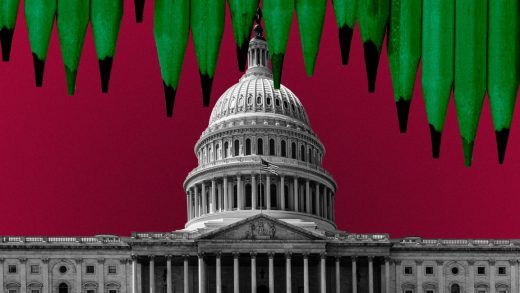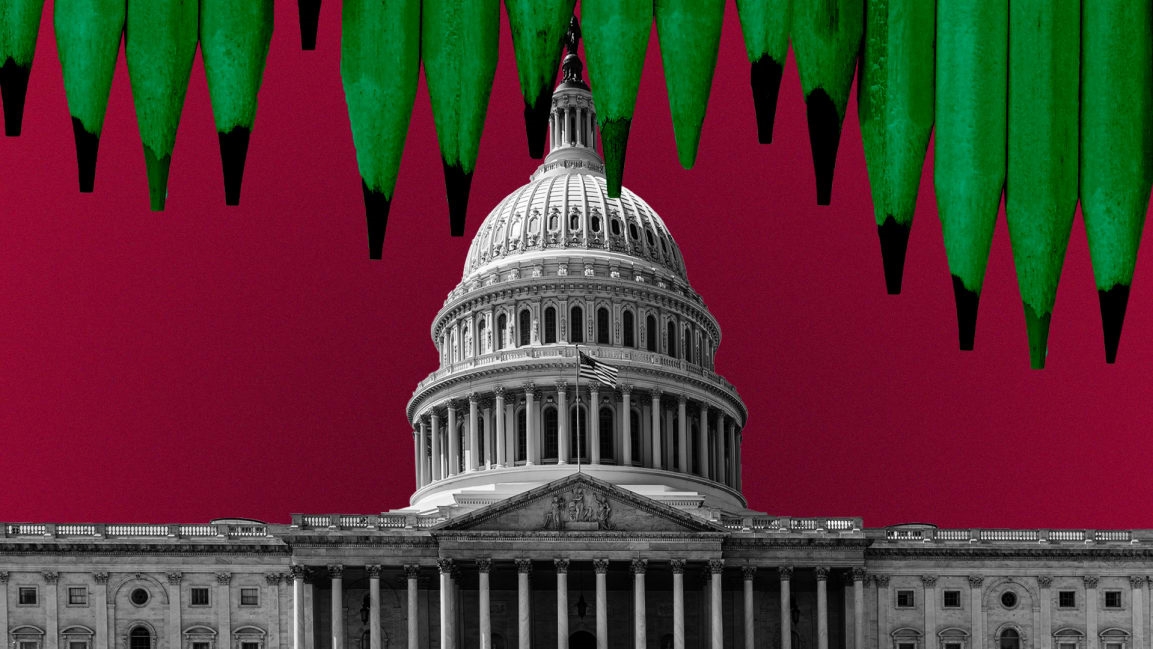The GOP’s ‘skinny’ stimulus bill: Here’s what it includes for education—and what it lacks
Senate Republicans unveiled their latest proposal for the next coronavirus relief package Tuesday. It has a formal name—the “Delivering Immediate Relief to America’s Families, Schools, and Small Businesses Act”—but it’s informally known as the “skinny” bill. Or, “emaciated,” if you ask Democrats on Capitol Hill.
The GOP’s proposal has slimmed to a svelte $300 billion (from a previous, $1 trillion version), and reports have zeroed in on the legislation’s trimmed-down unemployment benefits, which cut the $600 boost provided in March’s package by half, and the glaring omission of second-round $1,200 stimulus checks.
But where does it stand on education? Here’s the skinny on the skinny bill:
What’s in it for schools?
The bill includes $105 billion for the education sector. However—in keeping with Republicans’ push to restart the economy, stat—roughly two-thirds of that is reserved only for schools that reopen in person.
Furthermore, the bill includes liability protections for schools, which would shield them from civil lawsuits if students or workers contract the coronavirus on school grounds.
What’s in it for parents?
The bill also promotes the “school choice” program championed by Education Secretary Betsy DeVos and Texas Senator Ted Cruz, which serves to finance private school education for families. The provision offers up to $5 billion in scholarships per year, for the next two years, for parents who choose to send their children to private schools or charter schools outside their home district.
Parents who choose to homeschool their children would also receive federal tax credits to defray the costs.
Who are the biggest losers here?
Unfortunately, that would be poor students in cash-strapped public school districts, whose families have no money for private school and no time for homeschooling. They’d likely be forced to return to crowded campuses in-person, risking COVID-19, because their schools need the federal funding—or else suffer through scaled-back virtual-learning systems run by under-funded schools.
How are the bill’s chances?
Not too great. While Republicans are gunning for a vote as soon as Thursday, the bill—which was put forth after Congress returned from August recess and nearly a month after negotiations stalled on Capitol Hill—is unlikely to win the 60 votes needed to pass the Senate.
It also has a snowball’s chance in Fiji of passing the Democrat-controlled House, which unified behind its own, more robust, $3 trillion proposal in May.
Rather the effect of the bill is largely symbolic, showing where Republicans stand on the issues, and creating scant momentum in a stimulus process that’s sat at a standstill for an entire summer.
(44)



